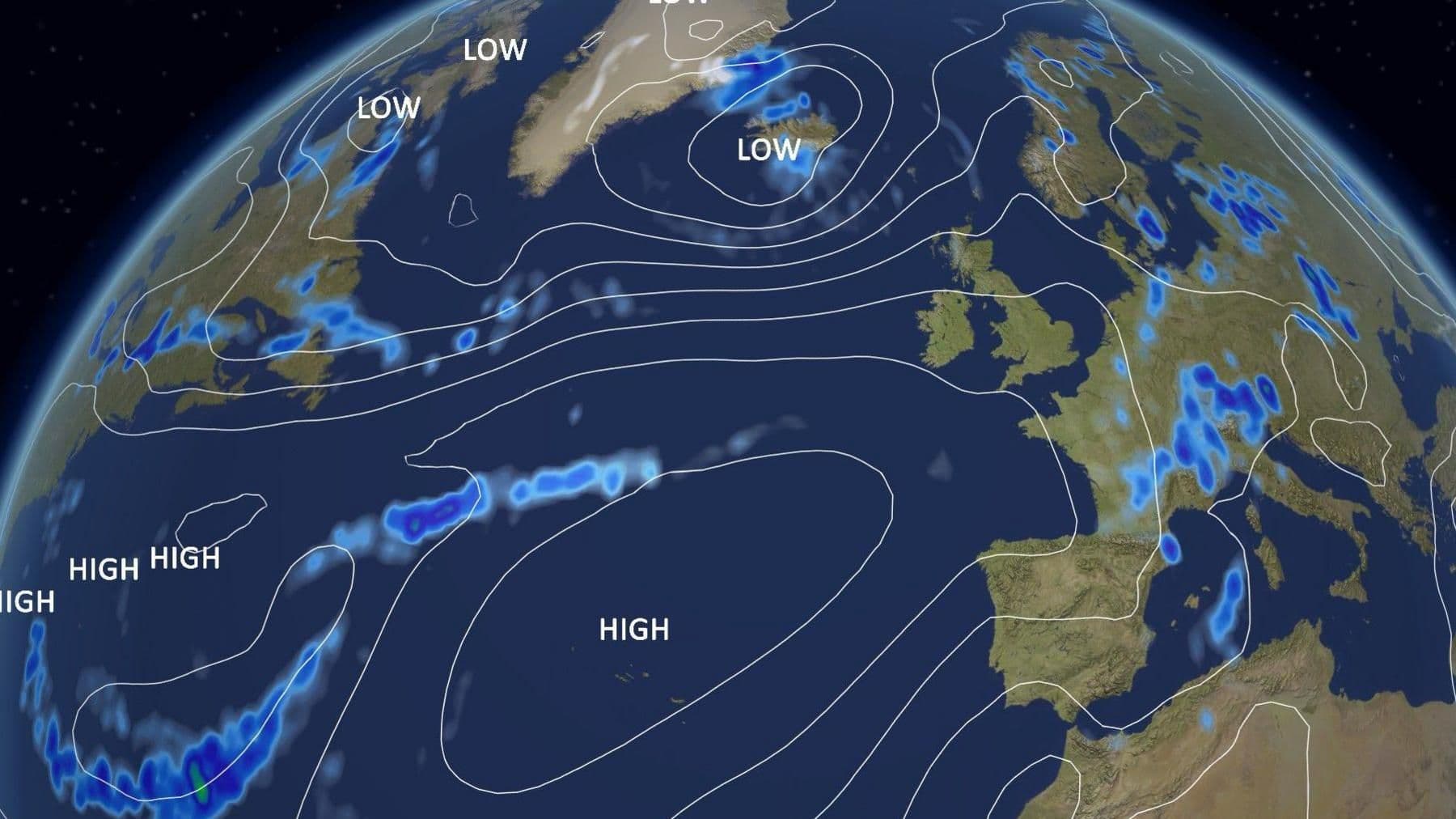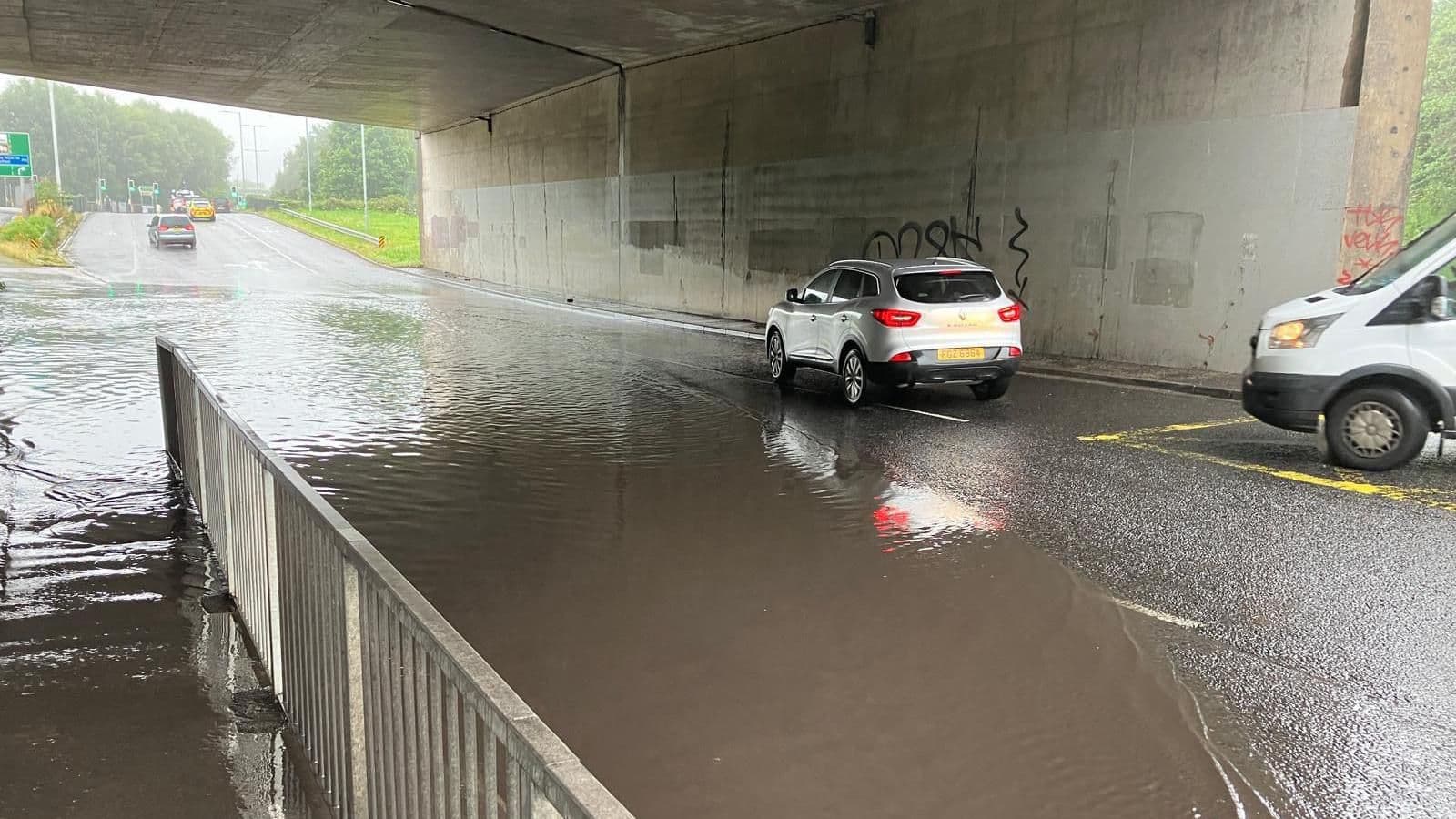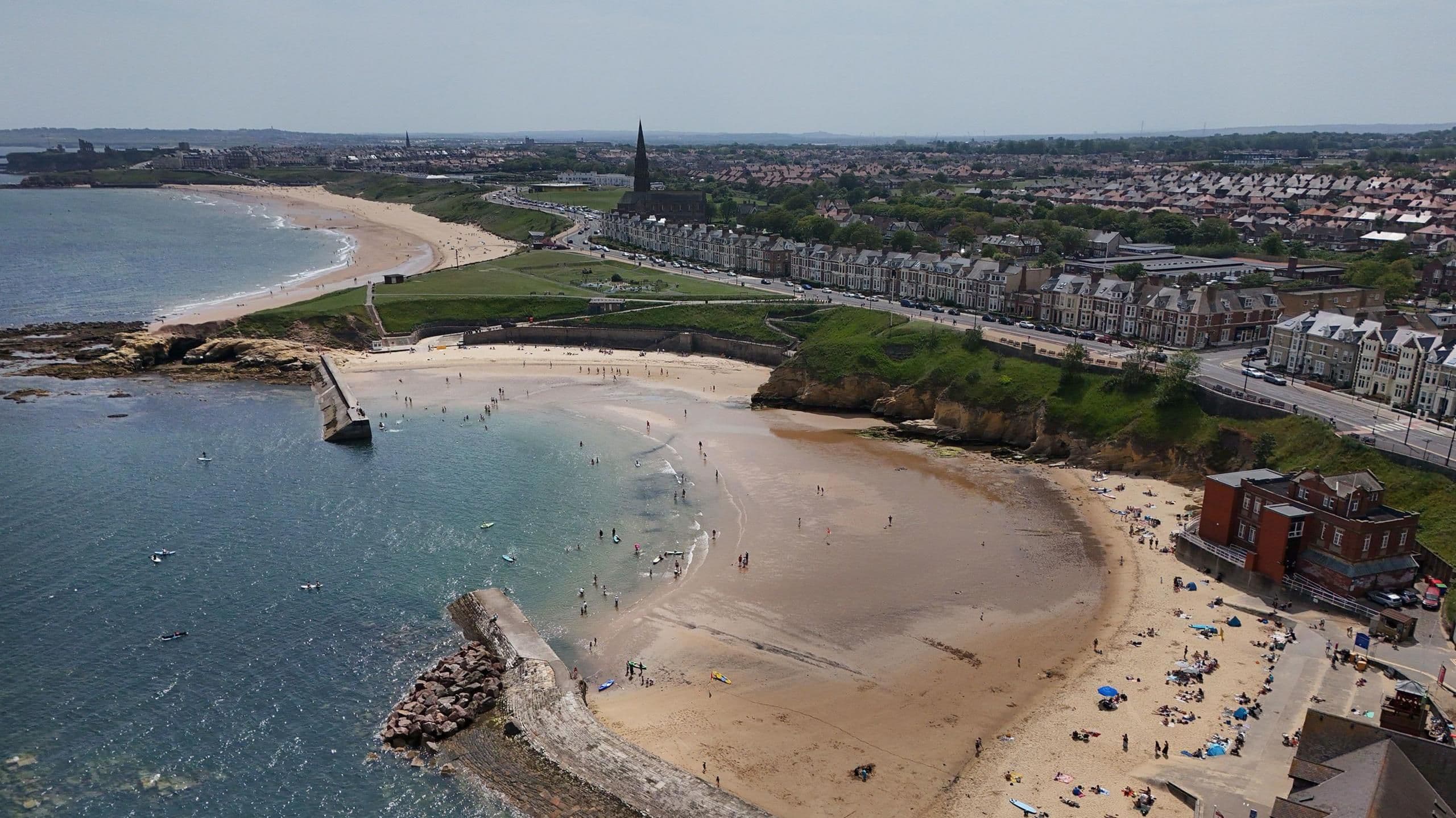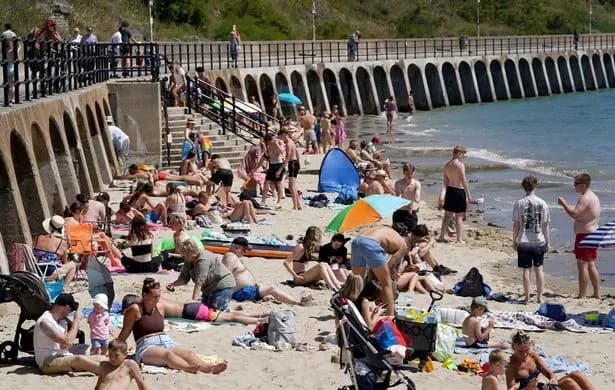UK Summer's Crossroads: Decoding the Heatwave Hype Amidst Shifting Norms
Dive into the UK's puzzling summer forecasts. Are we facing another heatwave, or just warm whispers? Explore the science vs. the headlines & the real costs of a hotter Britain.

The Conflicting Barometers: Decoding the Forecast Noise
As the navigates another summer, the airwaves are buzzing with a familiar cacophony of weather predictions, leaving many wondering what to truly expect. On one hand, some outlets have painted a vivid picture of a scorching second week of August, with temperatures potentially soaring to an eye-watering 37C, promising a prolonged 'scorcher'. Yet, official meteorological bodies like the and strike a far more cautious, even contradictory, note. They suggest a return to early summer's intense heat is 'unlikely' for August's start, with typical temperatures hovering around a milder 18-24C – a touch above average, perhaps, but certainly not a heatwave. This disparity highlights the inherent challenges of long-range forecasting. Different computer models offer varying scenarios, and the critical factor of wind direction often dictates the outcome; westerly winds, common for the , rarely usher in extreme heat. Moreover, August historically tends to be the wettest of the summer months, underscoring just how far from guaranteed dry, hot weather truly is, despite the occasional 'hint' from some models.

Beyond the Mercury: The Real Cost of a UK Hot Spell
While forecasters debate the precise mercury levels, the deeper, more pervasive impacts of warmer summers are already being acutely felt across the , regardless of official 'heatwave' declarations. These hot spells carry a staggering economic burden, estimated to cost the economy an average of £5.98 billion annually. Beyond the financial figures, the human toll is significant. Overheated Brits are losing crucial sleep, with more than one in three reporting a loss of one to two hours per night during warmer periods. This chronic sleep deprivation isn't just an inconvenience; it translates directly into lost productivity, with the average adult potentially losing nearly 14 hours of effective work time during a heatwave. Individuals are also feeling the pinch directly, shelling out an average of £150 – and for some, up to £300 – on cooling essentials like iced drinks and portable fans. This collective struggle points to a fundamental mismatch: our homes and infrastructure simply aren't designed for consistently warm conditions.

Summer's Unsettled Dance: Why Our Weather Swings Wildly
Understanding the 's erratic summer weather requires a peek behind the meteorological curtain. The early part of the season saw high pressure firmly in charge, gifting us prolonged dry spells and even three distinct heatwaves, with temperatures peaking above 35C in some areas. However, as summer progressed, a dramatic shift occurred: the jet stream, that river of fast-moving air high in the atmosphere, dipped southwards. This steered areas of low pressure directly towards our shores, ushering in the heavy rain, flash flooding, and even isolated thunderstorms and tornadoes we've recently witnessed. Such pattern changes are a common feature of meteorology; a dominant weather type can persist for weeks before giving way to something entirely different. While some long-range models hint at high pressure possibly reasserting control deeper into August, potentially bringing warmer, drier conditions if southerly or easterly winds develop, the confidence remains low. The 's position makes it particularly susceptible to these swings, making 'settled' weather a fleeting luxury rather than a given.

Building for Tomorrow: Preparing UK Homes for Hotter Summers
The recurring discomfort and economic strain from hot spells underscore an urgent need for the to rethink its approach to building design. A sobering statistic reveals that a mere 5% of homes are currently constructed to adequately cope with today's elevated temperatures. For generations, our housing strategy has rightly prioritised keeping warmth in, a necessity for our historically cooler climate. However, as warmer summers become the undeniable norm, the focus must broaden. As one expert aptly puts it, good insulation is now just as crucial for keeping homes cool as it is for retaining heat. The current reality of hot, humid nights leading to restless sleep, exhausted mornings, and a collective dip in productivity demands a shift. Instead of individuals resorting to costly temporary fixes like an endless stream of iced drinks or energy-guzzling portable fans, we need systemic solutions. This means adapting our building codes and encouraging retrofitting strategies that ensure our homes provide comfort and resilience, preparing us for a future where hot summers are not just a possibility, but a persistent reality.
Related Articles

Britain's August Bet: Is Another Heatwave on the Cards, or Just Wishful Thinking?

Britain's August Bet: Is Another Heatwave on the Cards, or Just Wishful Thinking?

Unpacking Summer's Fiery Future: How Climate Change Rewrites the Rules of Heat

Unpacking Summer's Fiery Future: How Climate Change Rewrites the Rules of Heat

The Summer Paradox: When Holiday Dreams Meet Scorching Reality

The Summer Paradox: When Holiday Dreams Meet Scorching Reality

The UK's August Weather Riddle: Unravelling the Battle for Summer's Return
